 It looked more like a sculpture than a car—round, transparent, and impossibly modern for its time. L’Œuf électrique, or The Electric Egg, was unlike anything else on the roads of the early 1940s.
It looked more like a sculpture than a car—round, transparent, and impossibly modern for its time. L’Œuf électrique, or The Electric Egg, was unlike anything else on the roads of the early 1940s.
Created by French designer Paul Arzens, this sleek, egg-shaped prototype wasn’t just about aesthetics—it was a futuristic vision of what personal transportation could look like in a more efficient, elegant future.
Arzens, born in 1903, was a Parisian artist and industrial designer who studied at the prestigious École nationale supérieure des Beaux-Arts.
With a background in both fine art and engineering, he brought a creative flair to his design work that set him apart from his contemporaries.
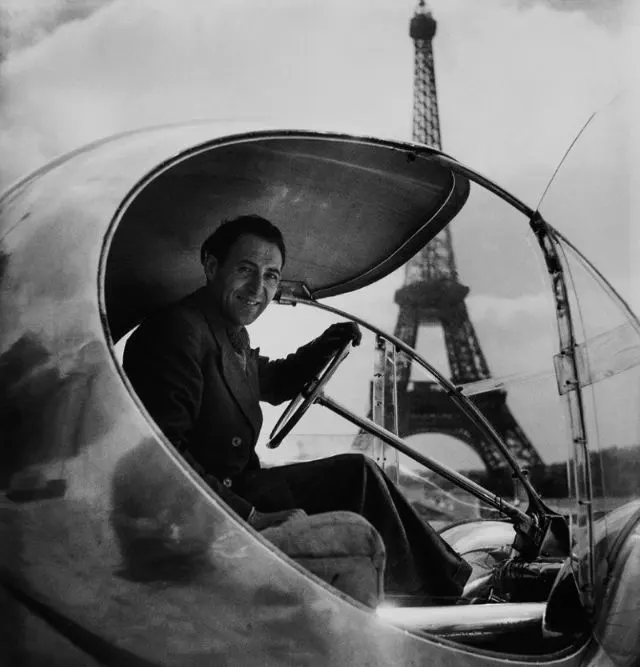 At the time, France was under German occupation, and gasoline was tightly rationed. For many, transportation ground to a halt—but not for Arzens.
At the time, France was under German occupation, and gasoline was tightly rationed. For many, transportation ground to a halt—but not for Arzens.
In 1938, he began working on a pair of radical vehicle concepts: La Baleine and L’Œuf électrique.
While both were forward-thinking in their own ways, it was L’Œuf that truly captured the imagination with its organic form and electric drivetrain.
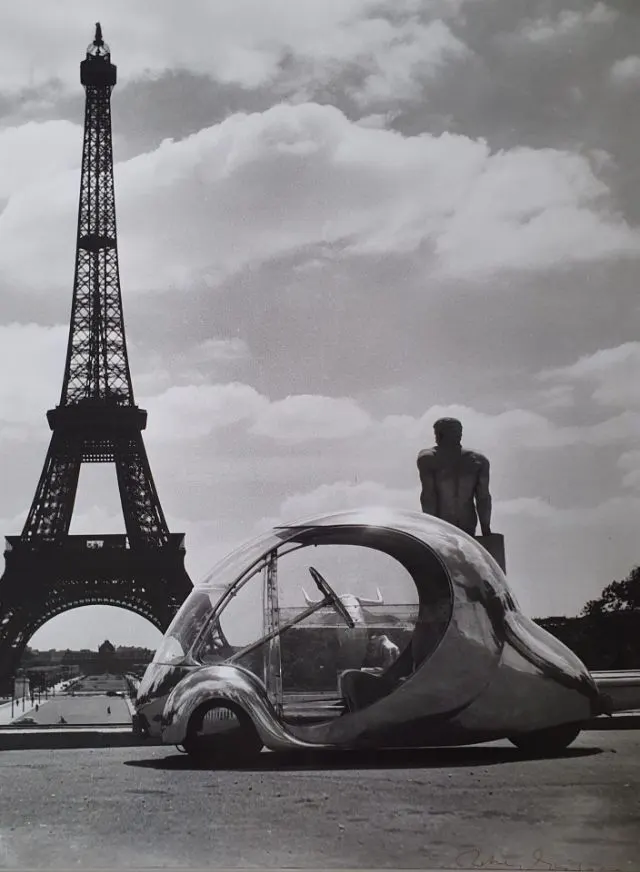
The car’s structure was built with minimalism and lightness in mind. The spherical aluminum body—rounded like a drop of water or a bubble—rested on a frame constructed from Duralinox tubing.
The result was not only visually striking but also functional. Transparent, curved acrylic formed the windscreen and doors, blending clarity with curvature and giving the car a panoramic openness rarely seen in vehicles of any era.
Regardless of its compact size, the design emphasized comfort, visibility, and efficiency.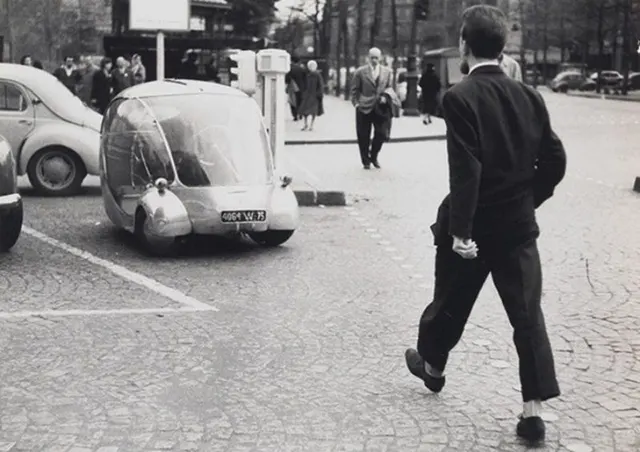
Powering L’Œuf électrique was a small electric motor fed by five 12-volt batteries located under the bench seat.
Each battery offered 250 ampere-hours and weighed around 60 kilograms (130 pounds), contributing to the vehicle’s total weight of 350 kilograms (770 pounds).
This setup gave the car a respectable top speed of 70 kilometers per hour (43 mph) and a range of approximately 100 kilometers (62 miles)—figures that would be impressive even decades later.
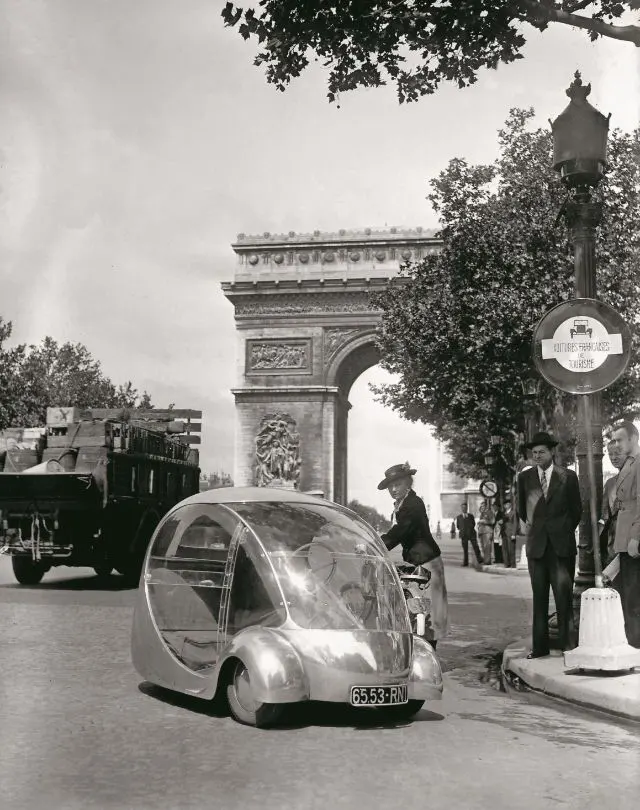 Later on, Arzens adapted the car to suit changing needs by replacing the electric system with a 125cc Peugeot single-cylinder petrol engine.
Later on, Arzens adapted the car to suit changing needs by replacing the electric system with a 125cc Peugeot single-cylinder petrol engine.
The new motor, producing 5.5 horsepower, pushed the top speed up slightly to 80 kilometers per hour (50 mph), while the overall design of the vehicle remained untouched.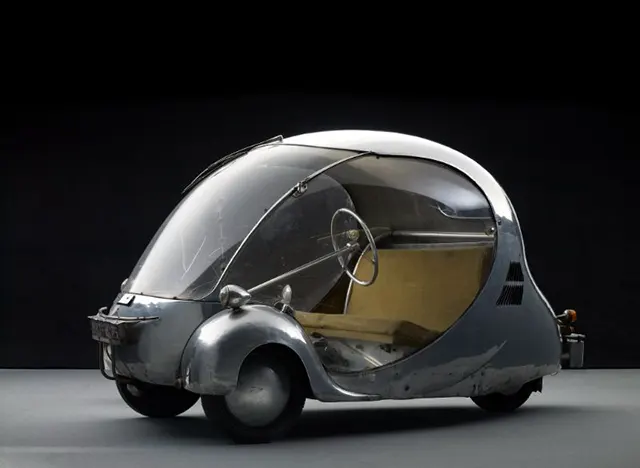 Arzens used it as his personal vehicle for nearly five decades, driving it regularly through the streets of Paris until his death in 1990.
Arzens used it as his personal vehicle for nearly five decades, driving it regularly through the streets of Paris until his death in 1990.
Following his passing, the car was donated to the Musée des Arts et Métiers in Paris, where it remains on display today
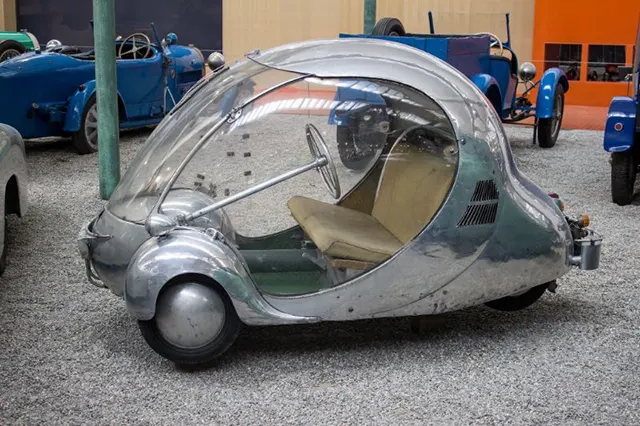
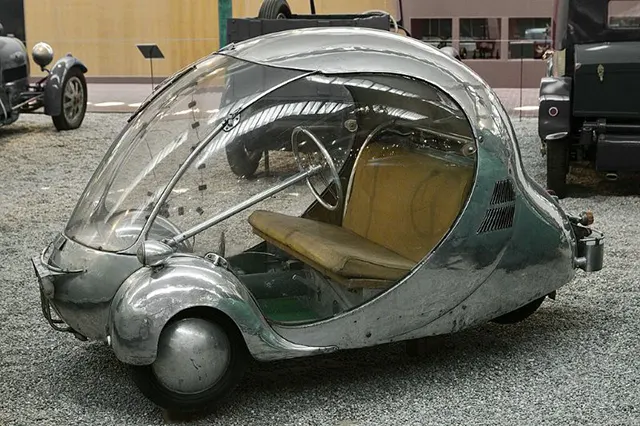
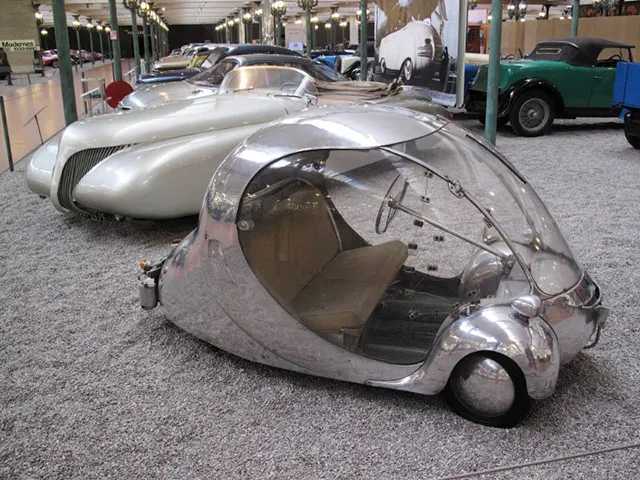
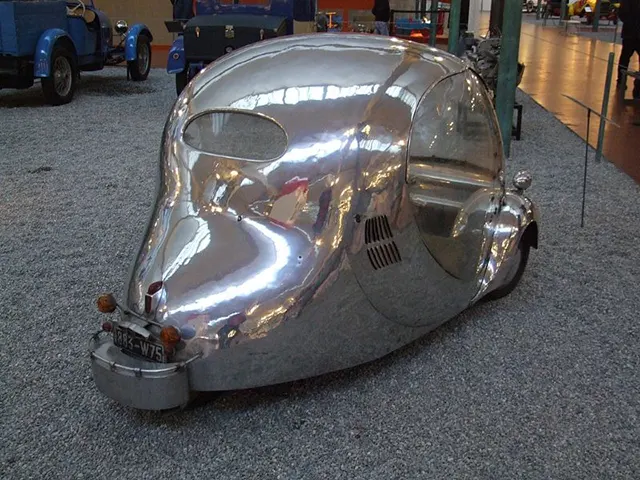
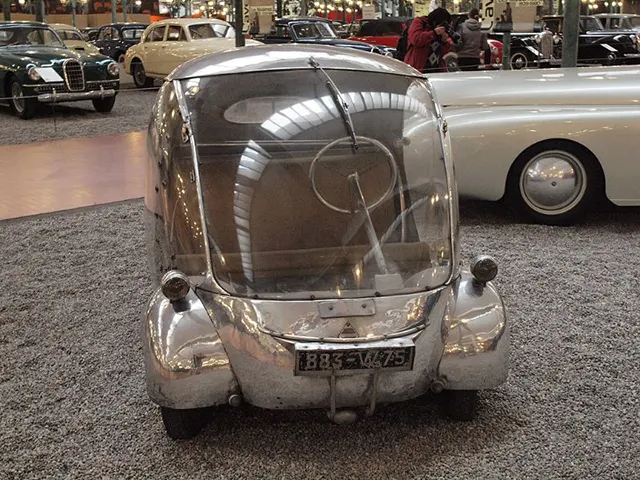
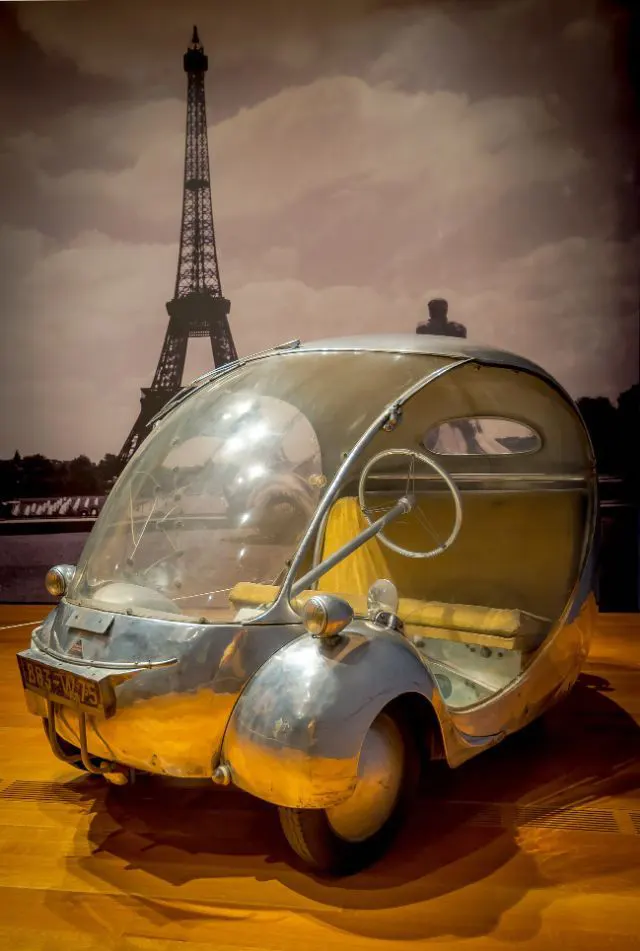
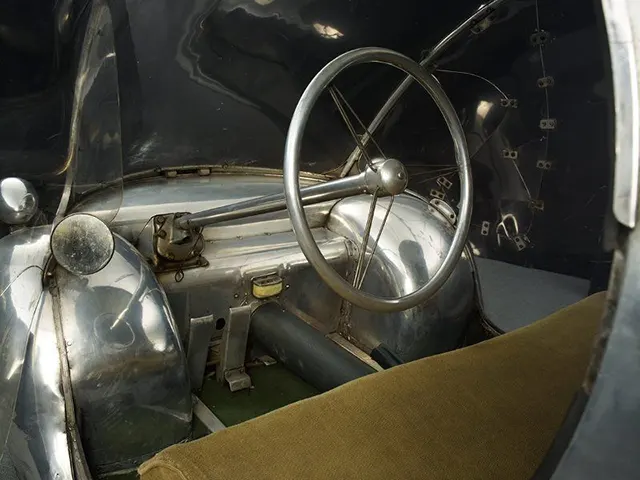
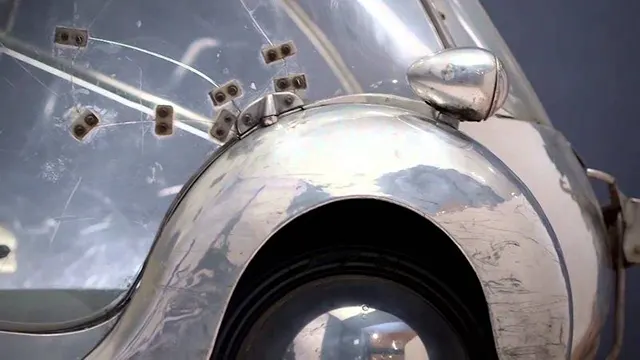
(Photo credit: RHP / Wikimedia Commons).